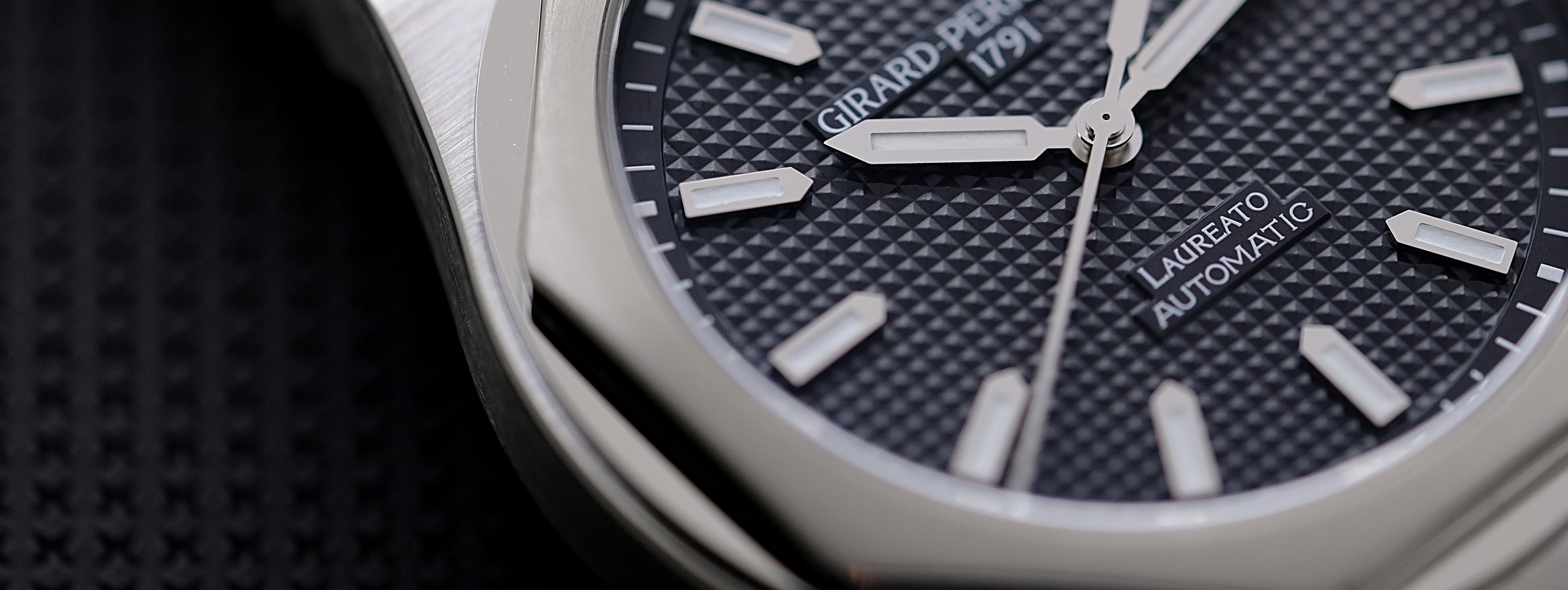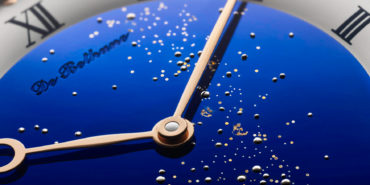Horological Culture • 19 Dec 2018
The Art and Craft of Guilloché
Ornamental Dials
When one thinks of a guilloché dial, an image of a highly ornamental and exclusive artwork immediately comes to mind. Also known as engine-turning, guilloché is an intimate craft of creating fine and exceptionally detailed patterns using anachronistic tools such as the rose engine or the straight-cut machine. Guilloché is a technique that has been employed since way back in the late middle ages, though it was mainly for decorative purposes and applied on softer materials such as wood and ivory. It can even be found from the most minuscule objects of your daily lives such as bank notes to colossal monuments such as the Parthenon on the Acropolis in Greece, serving as a reminder of the great artistic intricacies of the past.
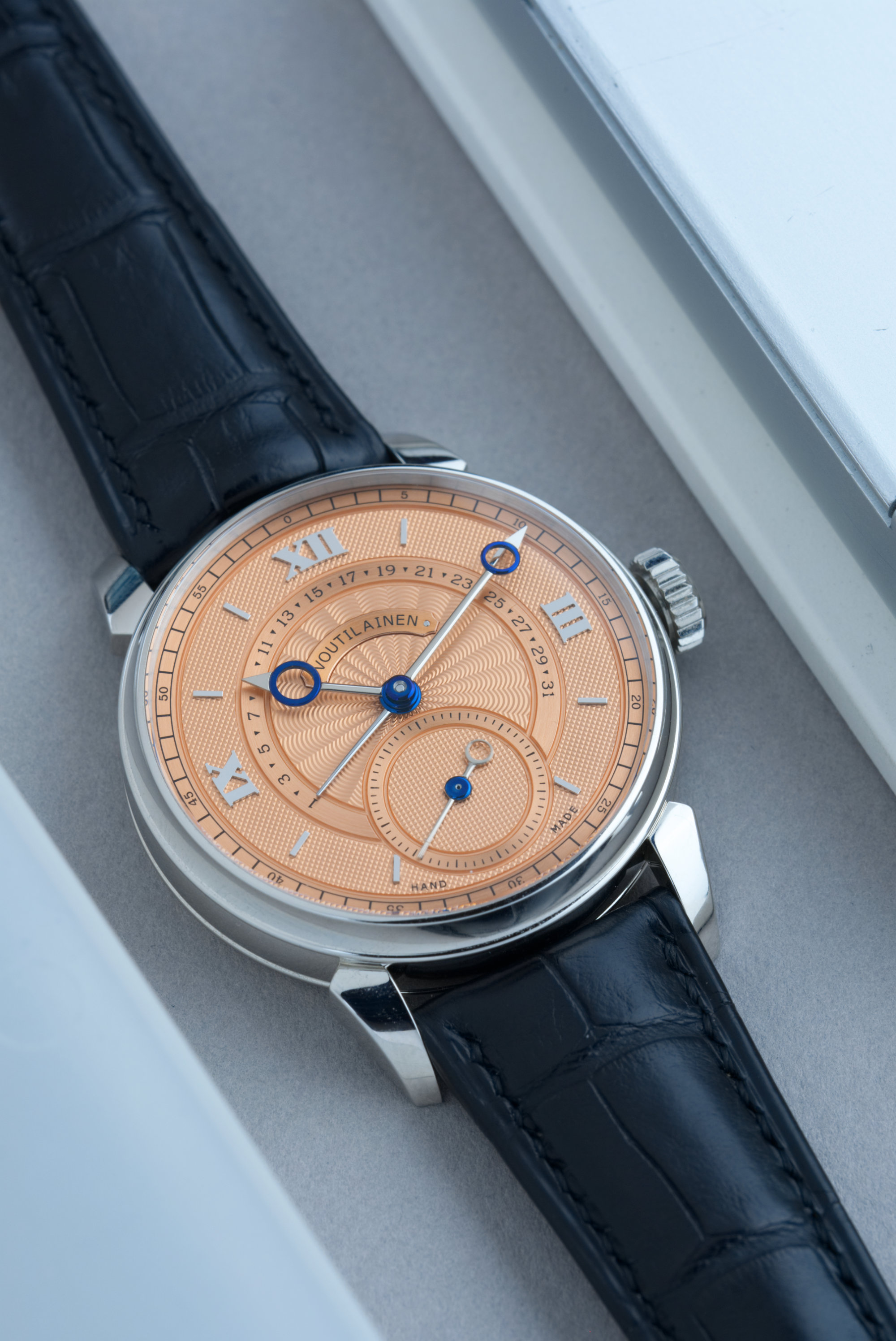
18th Century Watchmaking Beginnings
It was, however, only in the late 18th century that guilloché was utilized for watchmaking. The history of guilloché dials is strongly associated with the history of Breguet, when its founder, Abraham-Louis Breguet, began to exercise guilloché on the brand’s pocket watches around 1786. It soon became hugely synonymous with Breguet and can still be largely found in their high-end watches today.
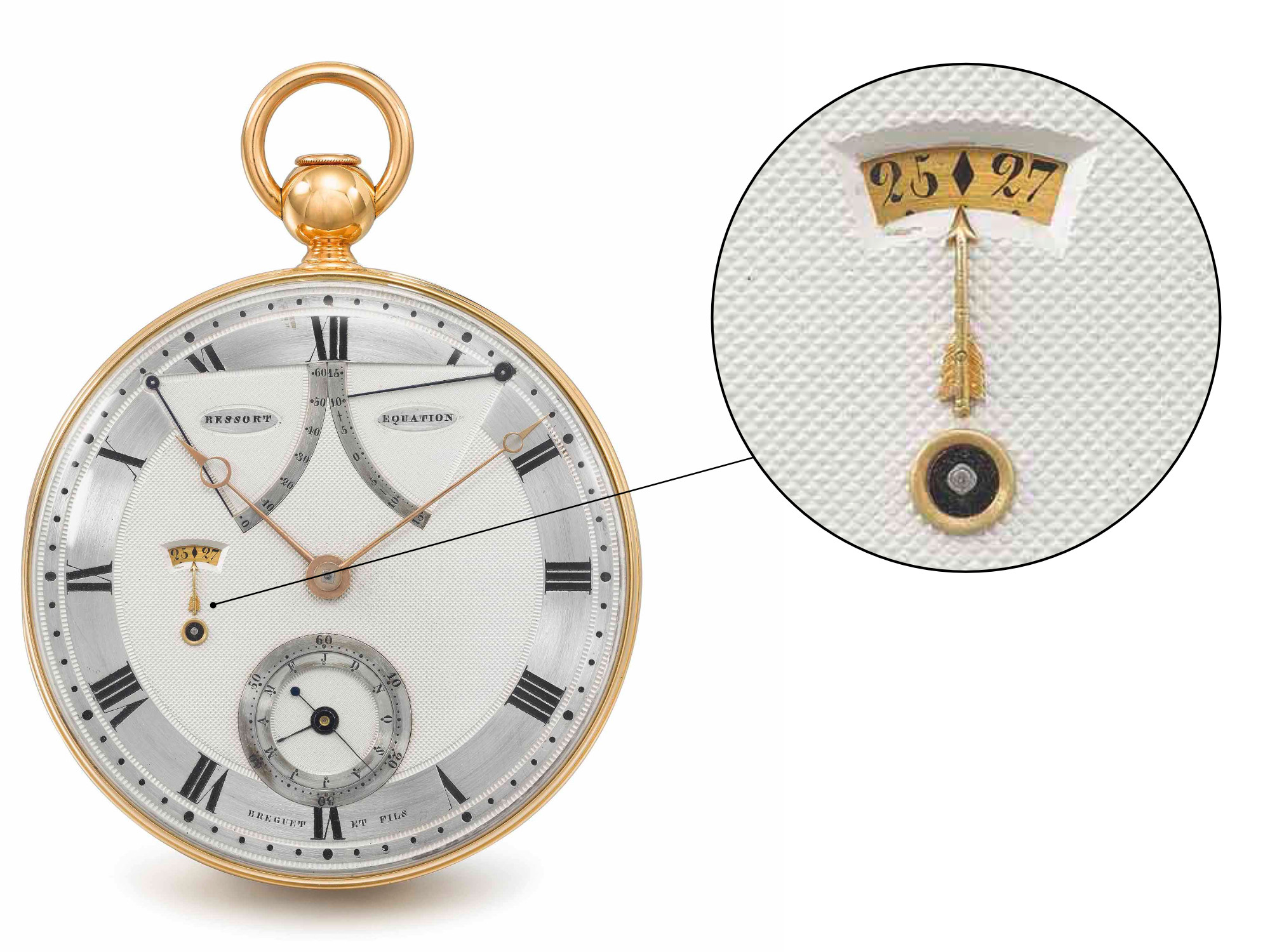
The process of guilloché patterning on a dial requires dedication and mastery of the tools. The artisan, a guillochéur, personally engineers the process by turning the cranks of the tools to rotate and orientate the dial, while applying various amounts of pressure to advance the dial against a cutter for it to be cut and to determine the depth and consistency of the engravings. This process is both very time-consuming and requires utmost focus. Even the slightest wobbling of the hand will desecrate the dial.

Manually-patterned guilloché
With such a complicated process, it is not hard to imagine that there is only a handful of guillochéurs in the world today, and that manually-patterned guilloché dials are largely reserved for the upper echelons of horology. The tools that are required for manual guilloché are very rarely produced. Furthermore, the learning of the craft is mostly passed down, or that one must seek the tutelage of an expert guillochéur. These can make learning it a prohibitive process. The elusiveness of guilloché, coupled with the fact that it has a steep mastery curve, gives rise to a high barrier to entry to the craft. Today, the art of manual guilloché is seemingly endangered in contemporary watchmaking, only being preserved by a few brands such as Audemars Piguet, Breguet, Vacheron Constantin and Patek Phillipe.
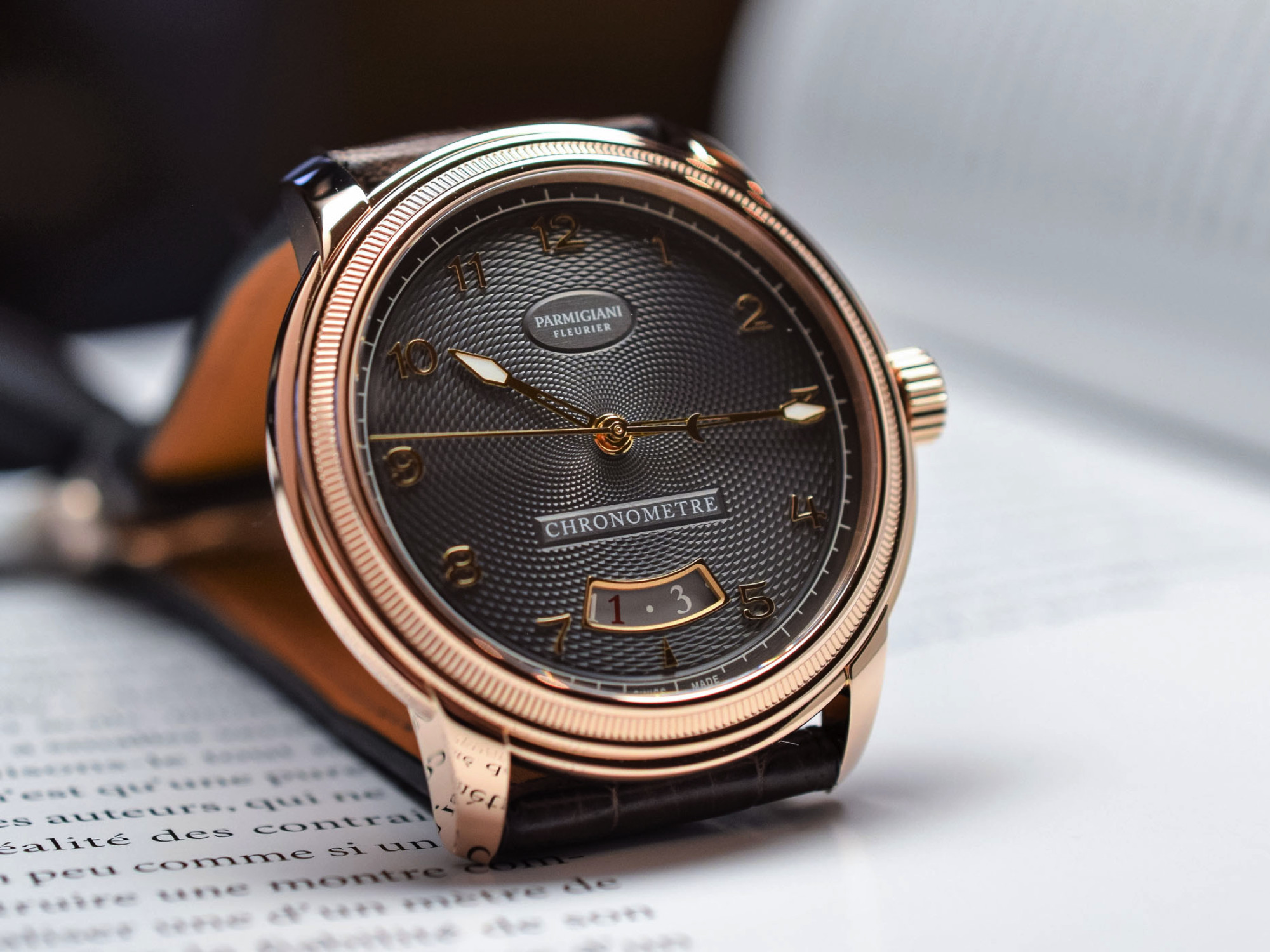
There are machines and robots today, such as computer numerical control (CNC) machining that are capable of automatically stamping and cutting seemingly guilloché patterns on watch dials in minutes compared to days when done by a guillochéur. However, they lack the intangible human touch that a connoisseur looks for in a truly guilloché-patterned watch. Watches that possess mass-produced guilloché patterns can come off as too austere and cold; void of the subtle imperfections of a guillochéur that paradoxically contributes to the essence of a perfect guilloché. The craftsmanship of a guillocheur, who spent days hand engraving a guilloché pattern, simply cannot be replicated by soulless ubiquitous machines.

From Sunburst to Hobnail
Nevertheless, brands that preserve the art of guilloché are highly commendable for continuing to produce excellent dials comparable to their forbearers and for evolving the art to new heights. Guilloché dials are eminently distinguishable by their engravings. These engravings are highly elaborated and can come in various patterns ranging from sinuous and wavy patterns to straight line patterns, depending on whether they are worked by a rose engine or a straight-cut machine respectively. Some of the popular patterns include Clous de Paris, sunburst guilloché, barleycorn, and flinqué, among others.
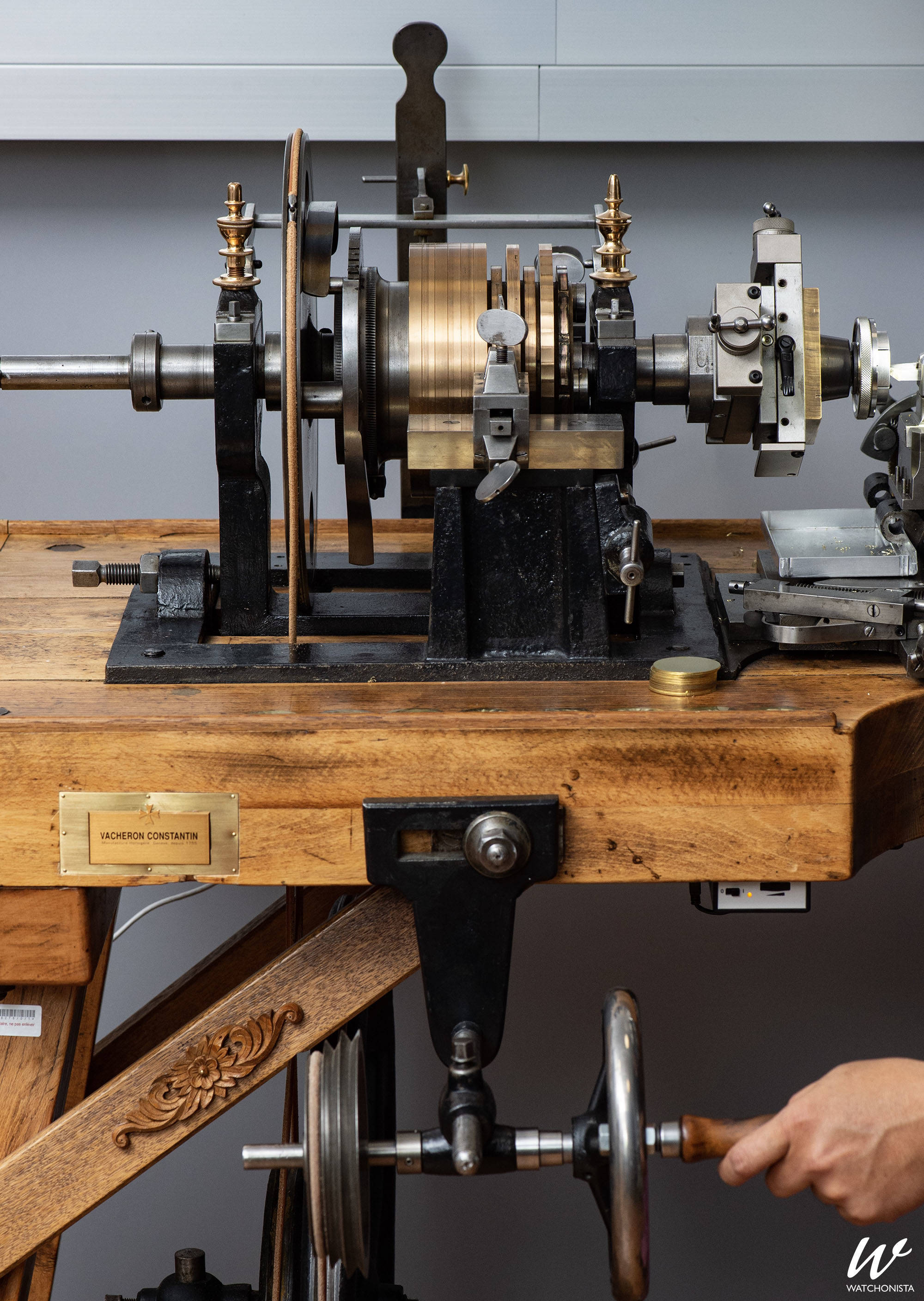
One of the more common guilloché patterns is the Clous de Paris, also referred to as “hobnail”. According to the Fondation de la Haute Horlogerie, Clous de Paris is a “guilloché pattern on the dial of hollowed lines that intersect to form tiny pyramidal shapes.” As the name suggests, this form of guilloché is reminiscent of the cobbled roads of Paris. This pattern has been adopted and popularized by Audemars Piguet with their ever-famous Royal Oaks. Audemars Piguet termed their iconic Royal Oak dials with Clous de Paris as “tapisserie”.
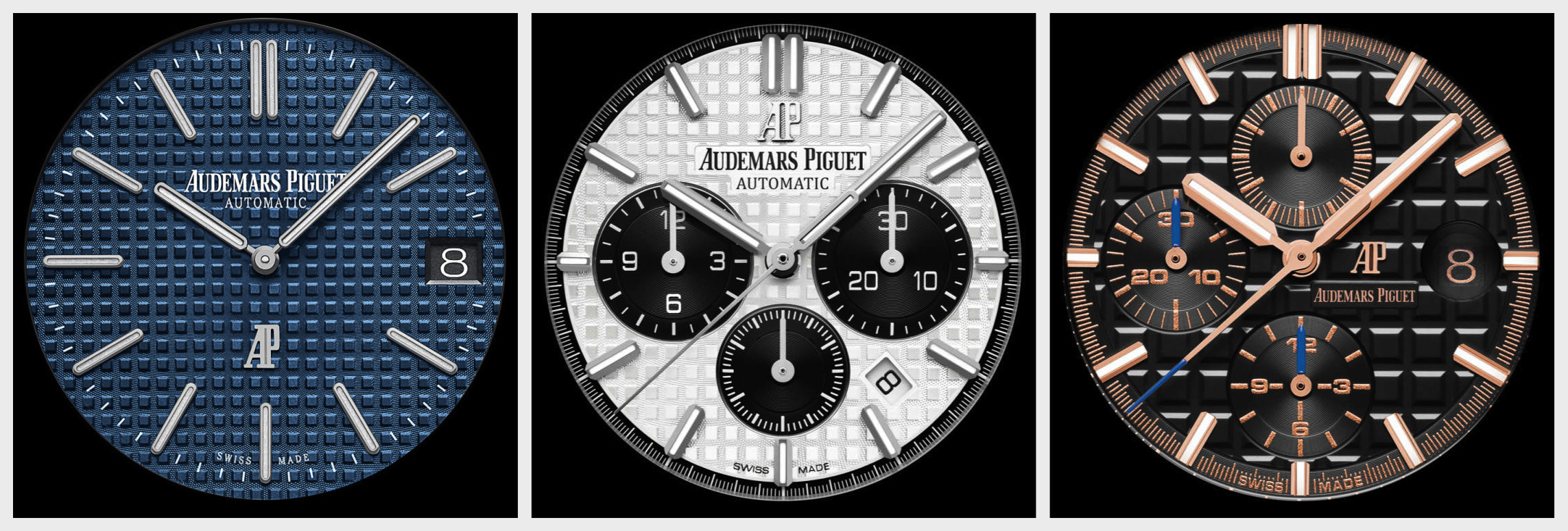
These dials are all produced in-house from Audemars Piguet, and they offer not one, but three different tapisserie patterns. They are the “Petite Tapisserie”, “Grande Tapisserie” and the “Méga Tapisserie”. The different tapisseries are usually distinguished by the size of the pyramidal squares, with the “Méga Tapisserie” being the largest. These dials are popular and very attractive because the multitude of pyramidal squares and the overall square motif help to enrich the dial with geometric relief and three-dimensionality which accentuates the depth of the watch.
Another popular guilloché pattern is sunburst guilloché. A sunburst pattern usually involves finely-engraved lines which radiate out from the centre of the dial where the lines are finest, resembling the rays of light that radiate from the sun. The Laurent Ferrier Galet Classic in platinum with a sunburst guilloché dial is a beautiful example of this patterning. Patek Philippe also utilizes sunburst to great effect, as evident from their Calatrava 5153G with an inner sunburst dial.

An ardent advocate and preserver of watchmaking traditions such as guilloché is Vacheron Constantin. The brand releases a Métiers d’Art collection annually which incorporates and showcases many traditional watchmaking techniques and crafts, with guilloché patterning being a significant cornerstone of the collection. Additionally, Vacheron Constantin also sought to further perpetuate the craft of guilloché, through active participation in the European Artistic Crafts Days- an event that seeks to valorize and protect traditional and important arts and crafts such as guilloché. It is these important efforts from brands such as Vacheron Constantin that act as the last bastions of guilloché so that the tradition can be kept alive and prevented from fading into the world of antiquity.

The next time you see a watch with a guilloché, it should remind you of a story of cultivation and perseverance. With so much precision and care involved in the traditional art of guilloché, together with the exclusivity of its practice, guilloché remains as a highly appreciated facet of horology.



